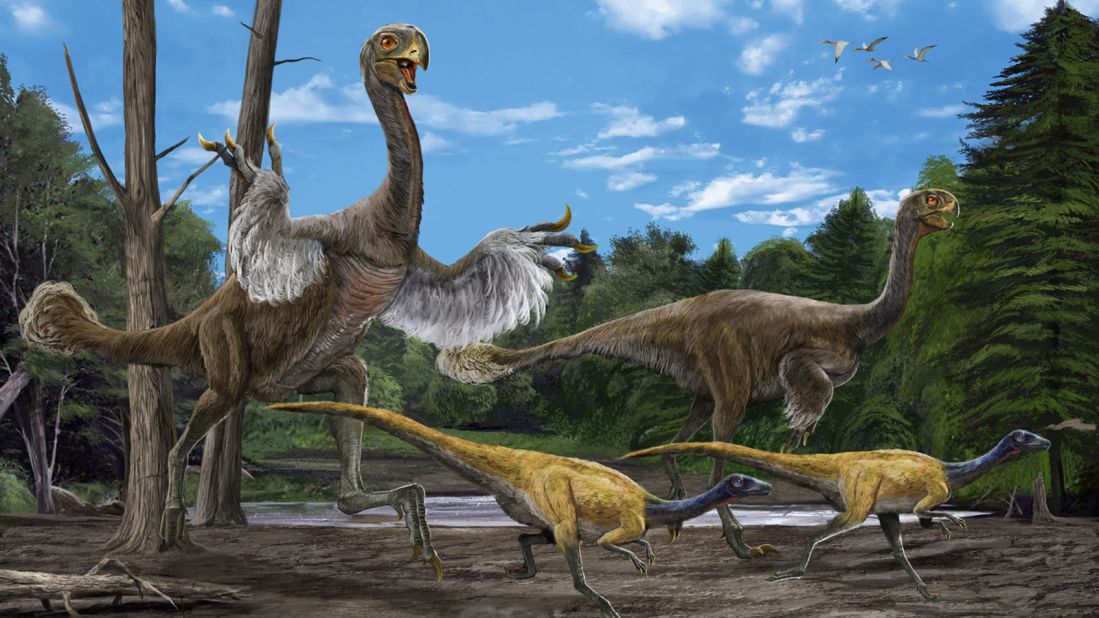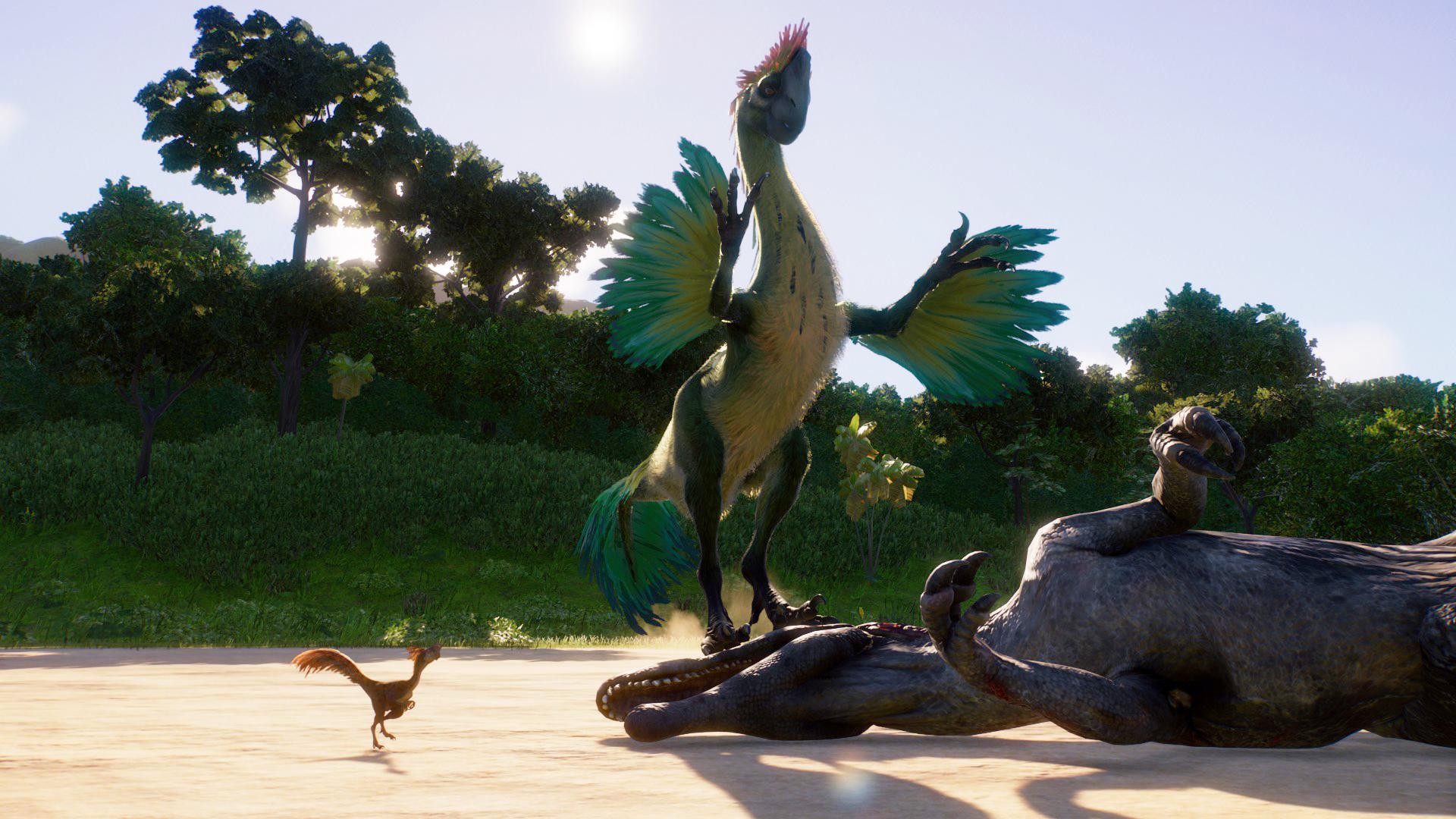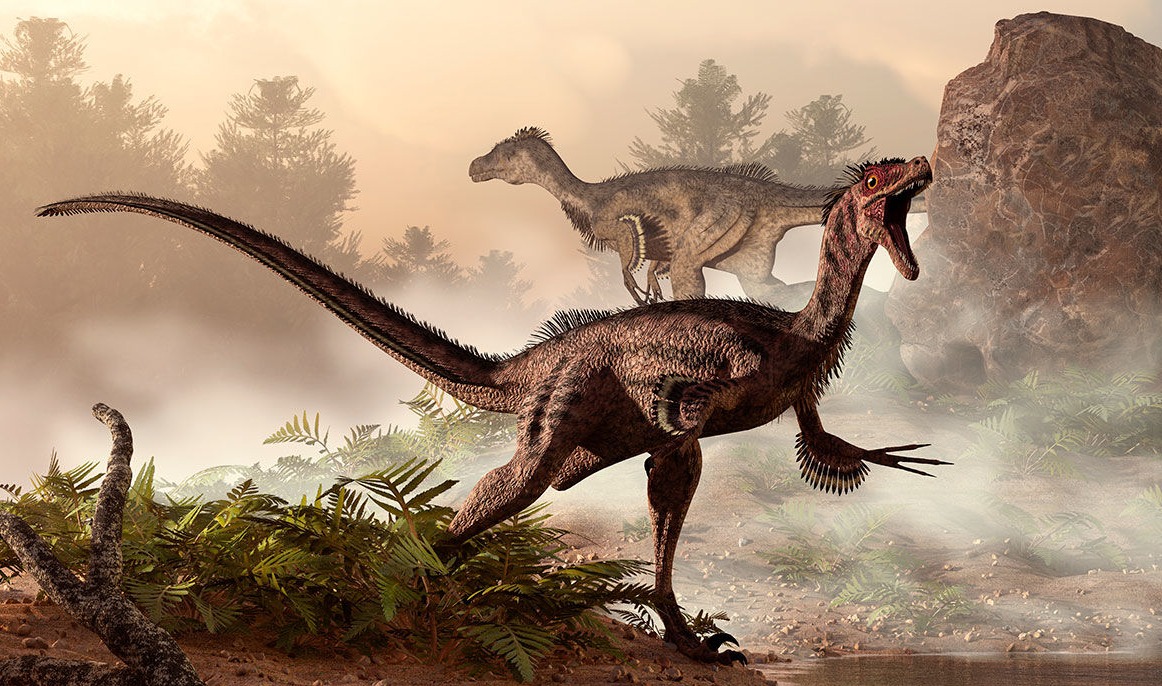How Did Oviraptor Behave: Unveiling the Secrets of this Prehistoric Creature

Introduction
The global of dinosaurs has attracted the eye of all varieties of humans. One such species of dinosaur, the Oviraptor, has captured the minds of biologists and dinosaur fans alike.
We will shed light on how those creatures lived at some stage in the Mesozoic generation and how they maintained their lives.
The Life of Oviraptor
Oviraptor Overview
Oviraptor, which means “egg thief,” became a dinosaur that lived at some point in the Late Cretaceous length, about 75 to 70 million years in the past. These living things belonged to the organization and involved famous dinosaurs like Tyrannosaurus rex and Velociraptors.
Behavioral Characteristics
Nesting Behavior:
Oviraptors are often associated with their unique nesting behavior. Contrary to their misleading name, these dinosaurs didn’t steal eggs but were devoted parents. Fossil proof suggests that Oviraptors gingerly incubated their eggs, keeping them warm and safe. They used their feathered wings to protect their eggs from harpy and environmental factors.
Social Behavior
Research indicates that Oviraptors likely exhibit some degree of social behavior. Fossil Inventions found multiple Oviraptor wonders nearby, suggesting they may have lived and interacted in groups. This social edifice might have provided Safety, facilitated hunting, or helped communal nesting practices.
Feeding behave
Understanding the feeding conduct of Oviraptors has been a topic of discussion amongst paleontologists. While some accept as accurate that they have been omnivores, others argue that they had been to begin with herbivorous. Fossilized remains of Oviraptors had been determined with small prey animals, plant material, and gastroliths (stones ingested for beneficial resource digestion). The method comes from a diverse diet that could have included small vertebrates, eggs, and plant matter.
Oviraptor’s Carnal Adaptations
Physical feature:
Feathery Coats:
One of the most remarkable features of Oviraptors was their feathers. These dinosaurs were among the first to evolve feathers, likely used for thermoregulation and brooding. The presence of feathers suggests that Oviraptors were warm-blooded, like current birds.
Beak and Teeth
Oviraptors had beaks without teeth, similar to modern birds. This adaptation suggests they initially relied on their beaks for feeding. However, some species of Oviraptors had small, leaf-shaped teeth in the back of their mouths, which could have aided in processing plant material.
Clawed Hands
Oviraptors had distinctive, long, and slender fingers with sharp claws. These claws were well-suited for grasping and manipulating objects. They may have been used for digging, edifice nests, or capturing prey.
Bipedal Movement
Like many theropod dinosaurs, Oviraptors were bipedal, walking on two legs. Their legs were adapted for swift movement, and their lightweight bodies allowed for agility.
Oviraptor’s Role in the Ecosystem
Ecological significance
Top Predator or Scavenger
The exact ecological role of Oviraptors is still a topic of debate. Some researchers suggest they were top harpy, preying on small vertebrates and eggs, while others propose they were scavengers, feeding on carrion and opportunistically attacking nests for eggs.
Nest Safety
The discovery of Oviraptor fossils near nests suggests that they played a vital role in shielding their eggs and potentially those of other dinosaurs in their habitat. Their nesting demeanor might have pitched into the stability of the ecosystem.
Oviraptor Extinction
Extinction Theories
Like many dinosaurs, Oviraptors faced extinction at the end of the Cretaceous period, approximately 65 million years ago. Various propositions exist regarding the cause of their extinction, including the impact hypothesis, which suggests that a massive asteroid impact led to widespread surrounding changes and the extinction of many species, including Oviraptors.
FAQs
Were Oviraptors egg thieves?
No, Oviraptors were not egg thieves. Besides that, their name and recent evidence suggest that they were caring parents who incubated and protected their eggs.
What did Oviraptors eat?
Oviraptors had a diverse diet that likely entered small vertebrates, eggs, and plant material. Some species had teeth adapted for processing plant matter.
Did Oviraptors live in Trolls?
Fossil evidence suggests that Oviraptors may have Decorated some degree of social behavior and lived in groups.
Why did Oviraptors have feathers?
Oviraptors had feathers, most likely for thermoregulation and brooding, similar to trendy birds.
What caused the extinction of Oviraptors?
The exact motive for Oviraptor’s extinction needs to be more credible. Still, it probably passed off during the mass extinction occasion on the top of the Cretaceous length, probably due to the manner of an asteroid effect.
Exciting and fantastic, Oviraptors are a source of know-how for paleontologists and dinosaur lovers. Their precise behaviors, physical diversifications, and ecological roles provide essential lessons about the historical world they inhabited, giving us a clue to the mysteries of prehistoric lifestyles.
Conclusion
Despite its ominous name, Oviraptor was a dinosaur. Differentiated into species, the Oviraptor has played an instrumental role in their lifestyle, whether they are good hunters or in cleaning, but their nests and life processes have played a unique role in the survival of their offspring.

